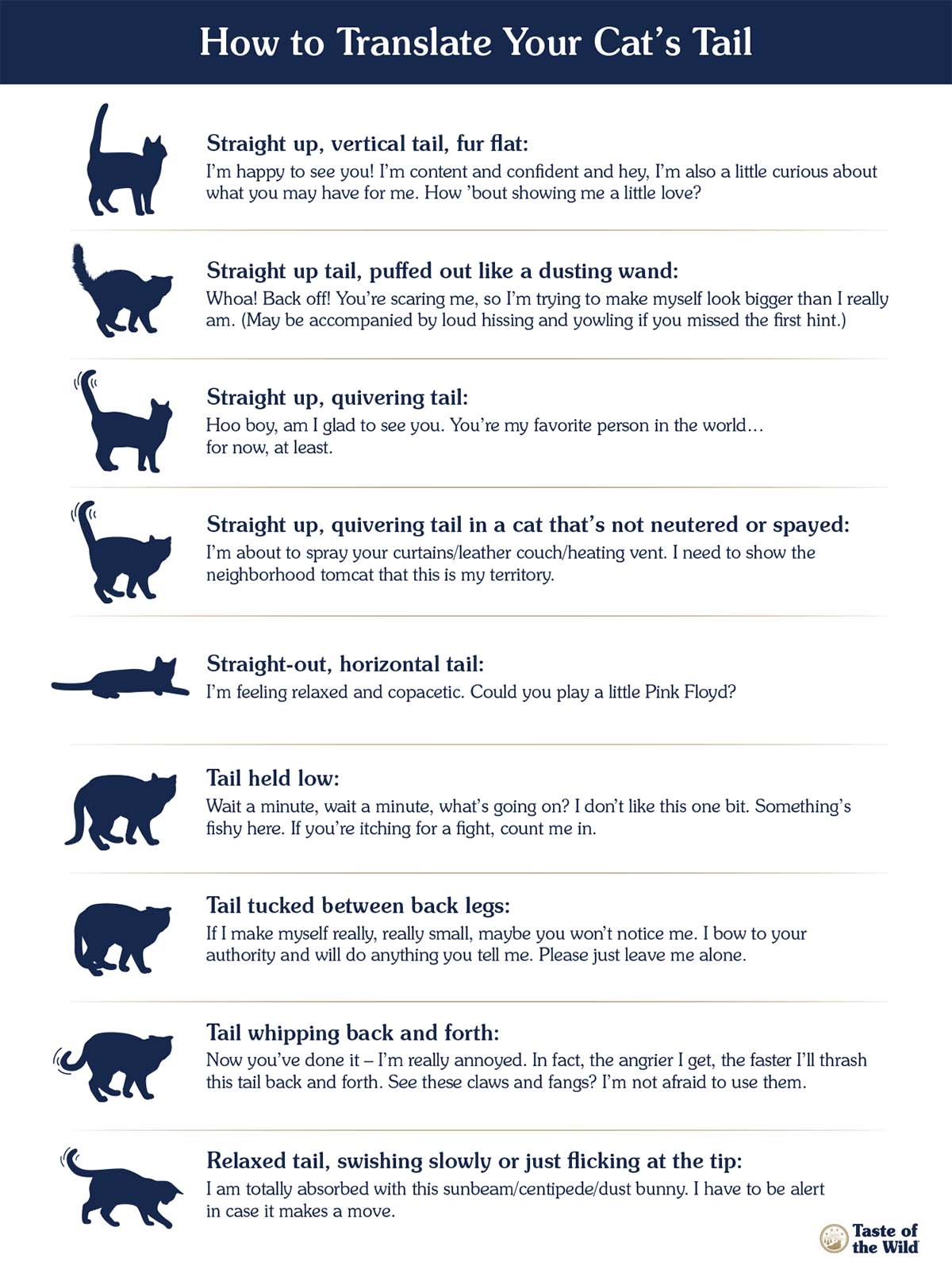

Bladder StonesĪnother condition that can make your cat shake its tail during urination is bladder stones.īladder stones also called cystic calculi or uroliths, are rock-like formations of minerals that form in the urinary bladder.īladder stones can be a single stone, a large stone, or a collection of stones.īesides, they can also vary in size, as they may feature a sand-like grain to gravel. If you want to treat and manage cystitis, you will have to make environmental changes.Īdditionally, you will have to change the cat’s diet.Īnd if these actions don’t help your cat, a vet will recommend using a supplement or antidepressant drug. Unlike most cat diseases that need the attention of a veterinarian, cystitis doesn’t. When spraying, a cat will typically hold its tail up straight and quiver while urinating, frequently on an upright surface.Īs a result, you should visit a vet right away if you notice that your cat is urinating while shaking its tail because of cystitis.Īside from shaking its tail when urinating, the cat may even eliminate outside the litter box.Īs expected, cats do an excellent job of hiding their sickness that’s why you need to pinpoint several signs before the issue gets out of hand.Īside from shaking its tail while urinating, other signs of a urinary tract infection include frequent grooming of the genitals, urinating outside of the litter box, gritty particles on the penis, and excessive urinating with little or no urine at all. If your cat has a urinary tract infection, he or she may urinate while standing, which may be mistaken for spraying. Here are some of the reasons why cats shake their tails while urinating: Inflammation Of The Urinary Tract Or CystitisĪ cat urinary tract infection is typically characterized by unbearable and strenuous urination.Īlso known as feline lower urinary tract disease, this infection can range from mild to serious.


Therefore, knowing to interpret what the cat is communicating is key.įor instance, if your cat is shaking its tail while urinating, this is a sign of discomfort, and you need to find out. They use body language and behavior to talk to other cats and us.Įverything from their eyes, ears, tails, whiskers, and even toes give us clues on how they feel about what’s going on in their head. Typically, cats communicate with their body more than they do with their vocals. However, a few understand cats’ communication with their body. Most cat owners are familiar with the cat’s vocal communication, such as purring, hissing, and meowing. Inflammation Of The Urinary Tract Or Cystitis.


 0 kommentar(er)
0 kommentar(er)
